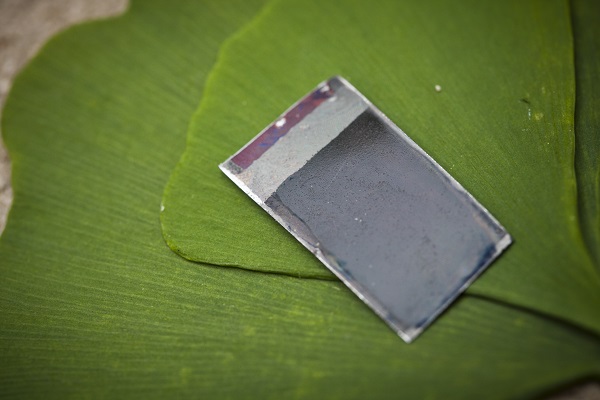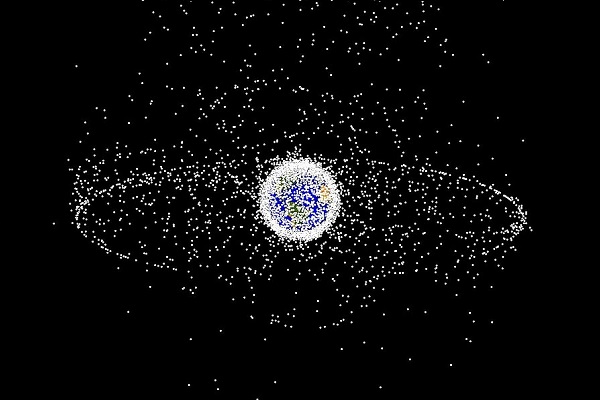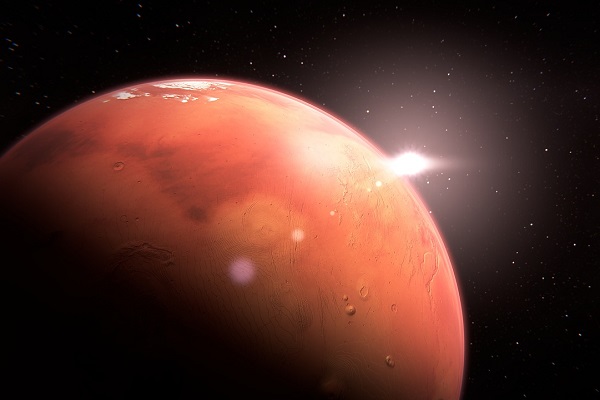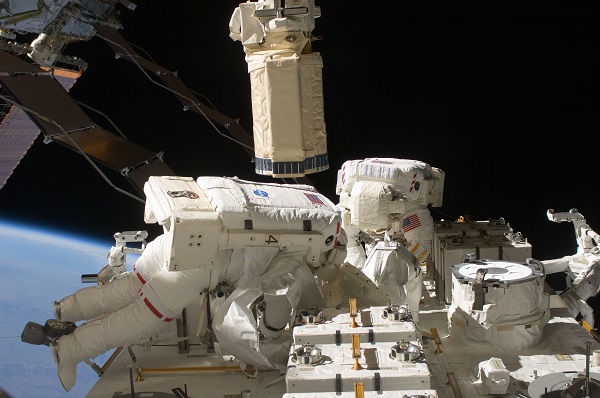
Around this time last year, a marvelous invention was proposed as a potential panacea for all our climate troubles: A solar-powered solution that involves using the ambient carbon dioxide from the atmosphere to create materials for batteries and planes.
Now, almost a year later, another innovation comes out of Chicago to suggest a similar reaction: A solar cell that sucks the CO2 out of the atmosphere while also generating hydrocarbon fuel.
The researchers at the University of Illinois at Chicago who made the breakthrough explained that the product is more like an artificial leaf which mimics the process of photosynthesis – turning sunlight and carbon dioxide into fuel.
“The new solar cell is not photovoltaic — it’s photosynthetic,” said the senior author of the study Amin Salehi-Khojin, an assistant professor at UIC. The paper on the new technology has been published in the journal Science.
The process of producing energy from fossil fuels to greenhouse gas can now be reversed in a more sustainable way and help recycle atmospheric carbon into fuel with the help of sunlight.
Instead of acting like a real plant and producing sugar, the solar cell artificial leaf produces synthesis gas – also known as syngas – which burns on its own or turns into diesel and other materials.
There is one obstacle, however, to actually developing technology like this one or the solar-CO2-lithium innovation.
Producing composites and other fuels from greenhouse gasses costs a lot of money; the revolution in how we produce sustainable energy and fuels can only happen if CO2-derived syngas becomes as cheap as a gallon of gasoline.
Meanwhile, the Chicago researchers’ system uses a different catalyst to convert CO2 to burnable carbon. Nanoflake tungsten diselenide, as it’s called, is some 20 times cheaper than precious metals that have been used in the past.
Addressing climate change seems to be increasingly driven by new innovations, similar to the ones that contributed to the problem for decades. We have examples of such inventions, but it’s going to take a significant leap to take them out of the research lab and into the market.
Salehi-Khojin believes the system they created can be adapted to be used in solar farms, as well as on a smaller scale. Some more years of research could perhaps even make it usable on Mars.
Latest posts by Karen Jackson (see all)
- Intoxicated South Carolina Man Punches Waitress Who Refused to Serve Him Alcohol - June 29, 2018
- Restaurant Manager Arrested and Charged in Shooting Death of Co-Worker over Negative Yelp Reviews - June 20, 2018
- Minnesota Teen Gets Head Stuck In Oversized Tailpipe Winstock Music Festival - June 18, 2018










